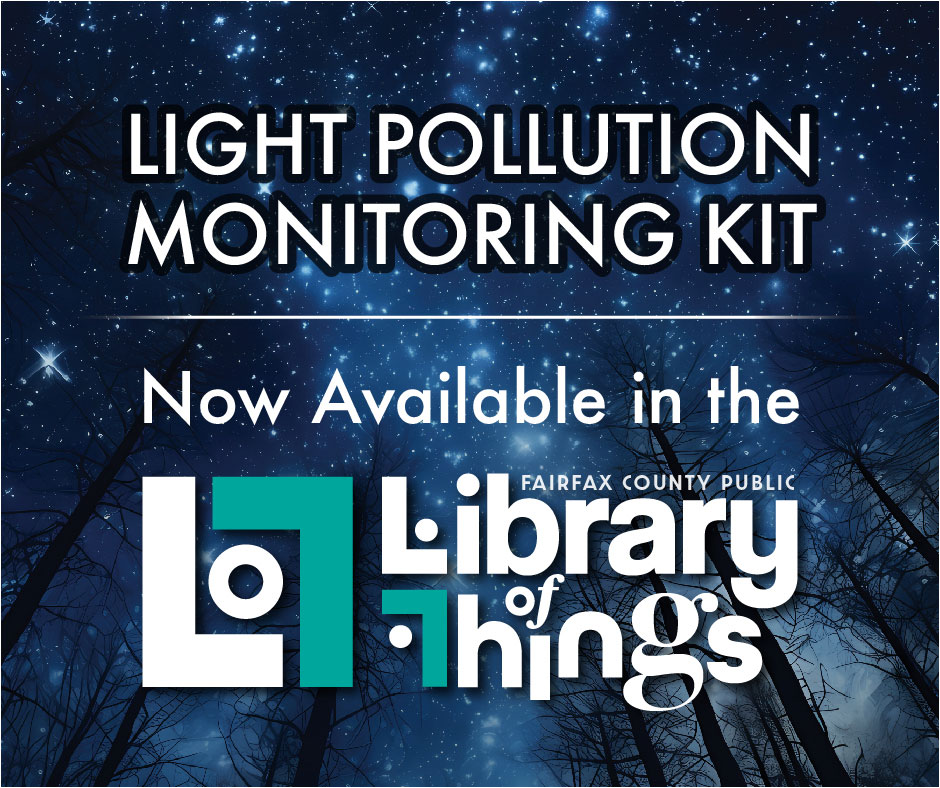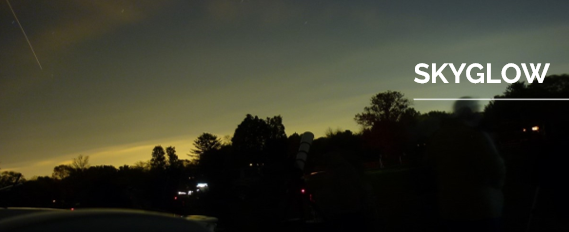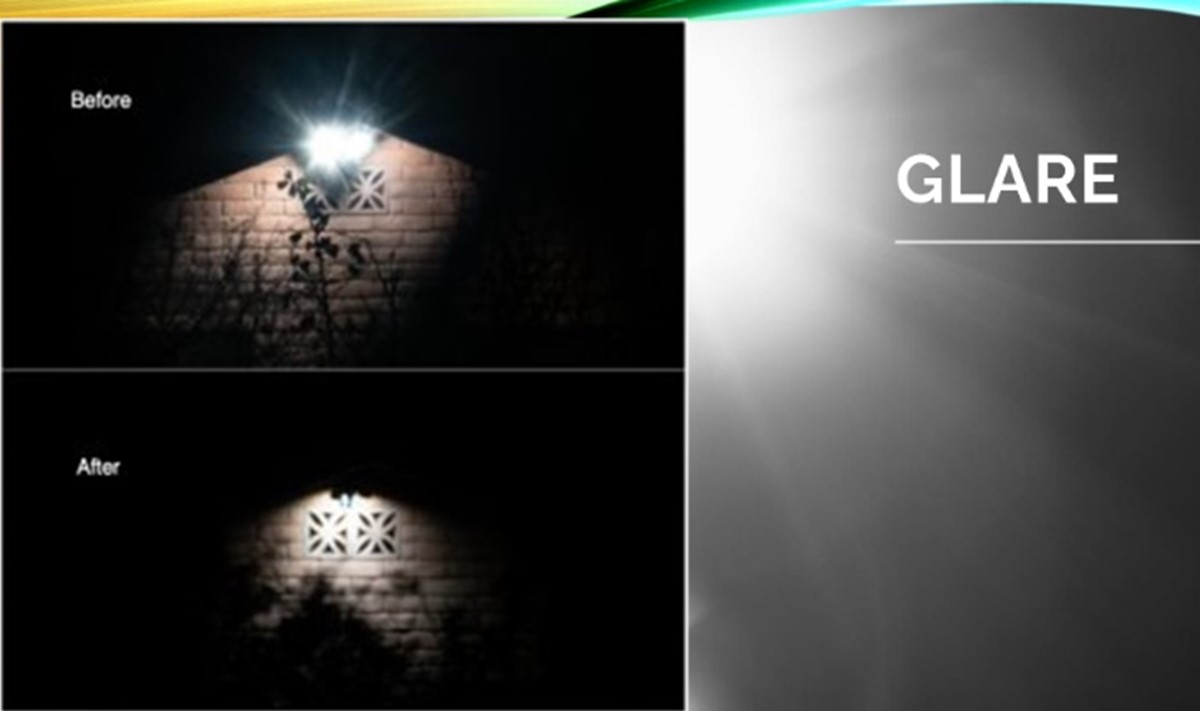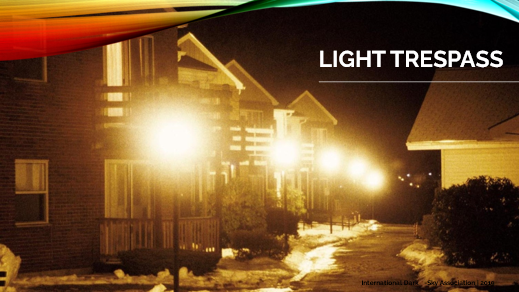
Alert:


April 21-28, 2025
Join us for International Dark Sky Week, April 21-28, 2025, and learn how to protect our starry skies from light pollution. Explore the economic, environmental and health benefits of natural darkness—and take action and to make a difference!
Ways to Get Involved!

The Light Pollution Monitoring Kit, also known as the Dark Skies Kit, empowers citizens to take action against light pollution by providing them with the tools needed to measure and monitor light levels in their communities. Light Pollution Monitoring Kits will be available as part of FCPL's Library of Things. Kits can be placed on hold for pickup at any branch through the Fairfax County Public Library online catalog and can be borrowed for up to three weeks.
Light Pollution is defined by the International Dark Sky Association as the inappropriate or excessive use of artificial light which can have serious environmental consequences for humans, wildlife, and our climate. It’s caused by the excessive and inefficient use of artificial light at night. These lights could be used to light up buildings, commercial properties, or parking lots, or even come from excessively bright street lights or advertisements.
Skyglow is the brightening of the night sky over inhabited areas.

Glare is excessive brightening that causes visual discomfort.

Light trespass is light falling where it is not intended or needed.

The parks in Fairfax County cover almost 10% of the land. This means that parks are near homes and businesses and in rural and urban environments. For those living adjacent to the county’s ecologically fragile parks, it is important to adopt dark sky friendly lighting and light responsibly.
Light trespass and light pollution affect wildlife and plant life in many ways -- from confusing migrating bird navigation at night to having an impact in nocturnal creatures’ ability to hunt and feed at night, be they prey or predator.
Proper night sky friendly lighting lowers CO2 emission and lowers energy costs. Dark sky practices prevent the wasted energy of light shining where it is not needed or wanted.
Artificial light at night has multiple negative human health impacts: blue light at night disrupts a human’s circadian rhythm and suppresses melatonin secretion.
Bright light does not increase safety! Rather, the placement, color and shielding of light needs to be done wisely to ensure safe perception of space.
Dark skies are vital for keeping plants and animals safe in their natural environment. Nocturnal animals are adapted to the darkness and lose their way in artificial light. Nocturnal pollinators avoid lights and those that don’t get eaten. Plants use light as a calendar so artificial light at night causes plants to leaf when they should flower and reduces crop production. Some varieties of strawberry need the dark to produce fruit.
Good lighting design can make your property safer and save you money in the long run. Conserving energy and helping wildlife are awesome side effects of dark sky friendly lighting.
The American Bird Conservancy estimates that up to 1 billion North American birds die each year due to collisions with windows. Birds crash into windows because they perceive the glass as air, and see reflections of vegetation, or they see through the glass to indoor plants. The highest collision rates occur in large areas of continuous glass like office buildings and large residential windows. Learn more from the Audubon Society of Northern Virginia about what we can do to help protect migratory birds.
Where do nocturnal pollinators fit in?
Pollination is very hard to study in the dark, so the full picture is not yet understood. However, we do know that there are some flies, beetles and bats that are important pollinators, and that the main nocturnal pollinators are moths—the butterflies of the night.
